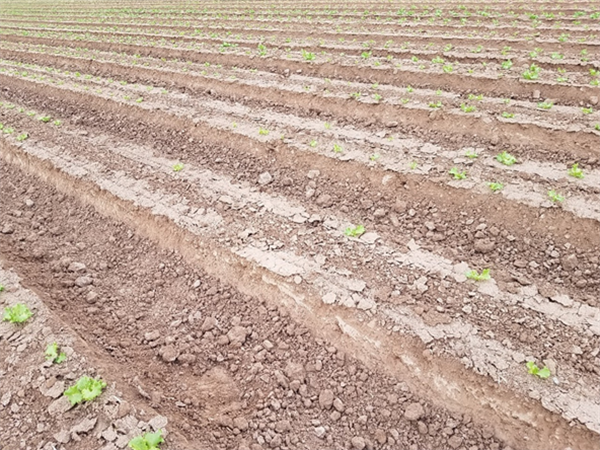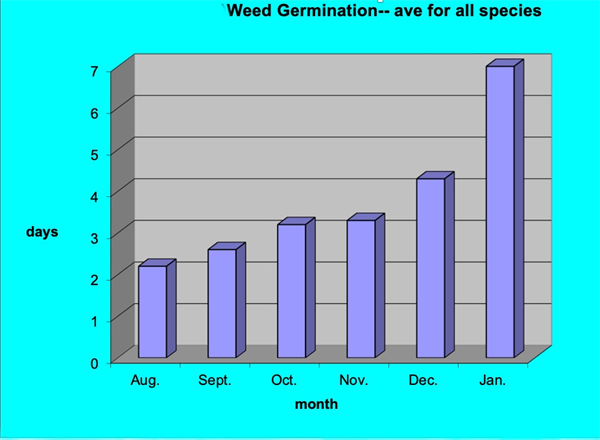Oct 2, 2024
2024 Downy Mildew of Spinach Fungicide Trial
This study was conducted at the Yuma Valley Agricultural Center. The soil was a silty clay loam (7-56-37 sand-silt-clay, pH 7.2, O.M. 0.7%). Spinach ‘Revere’ was seeded, then sprinkler-irrigated to germinate seed Jan 18, 2024 on beds with 84 in. between bed centers and containing 30 lines of seed per bed. All irrigation water was supplied by sprinkler irrigation. Treatments were replicated four times in a randomized complete block design. Replicate plots consisted of 15 ft lengths of bed separated by 3 ft lengths of nontreated bed. Treatments were applied with a CO2backpack sprayer that delivered 50 gal/acre at 40 psi to flat-fan nozzles.
|
Month
|
Max
|
Min
|
Average
|
Rainfall
|
|
January
|
68
|
42
|
54
|
1.14 in
|
|
February
|
73
|
47
|
59
|
0.50 in
|
|
March
|
77
|
50
|
63
|
0.31 in
|
Downy mildew (caused by Peronospora farinosa f. sp. spinaciae) was first observed in plots on Feb 19 and final reading was taken on February 26, 2024. Spray date for each treatments are listed in excel file with the results. Disease severity was recorded by determining the percentage of infected leaves present within three 1-ft2 areas within each of the four replicate plots per treatment. The number of spinach leaves in a 1-ft2 area of bed was approximately 144.
The data (found in the accompanying Excel file) illustrate the degree of disease reduction obtained by applications of the various tested fungicides. Products that provided effective control against the disease include Orondis ultra, Thrive 4 M, Fungout, Cevya, Eject and Zampro. No phytotoxicity was observed in any of the treatments in this trial.

To contact Bindu Poudel go to:
bpoudel@email.arizona.edu











